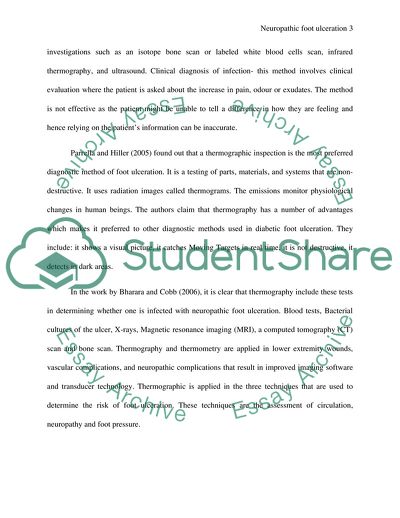Cite this document
(The ability of thermographic in predicting diabetic neuropathic foot Literature review, n.d.)
The ability of thermographic in predicting diabetic neuropathic foot Literature review. https://studentshare.org/health-sciences-medicine/1873263-the-ability-of-thermographic-in-predicting-diabetic-neuropathic-foot-ulceration-compared-to-standard-diagnostic-methods
The ability of thermographic in predicting diabetic neuropathic foot Literature review. https://studentshare.org/health-sciences-medicine/1873263-the-ability-of-thermographic-in-predicting-diabetic-neuropathic-foot-ulceration-compared-to-standard-diagnostic-methods
(The Ability of Thermographic in Predicting Diabetic Neuropathic Foot Literature Review)
The Ability of Thermographic in Predicting Diabetic Neuropathic Foot Literature Review. https://studentshare.org/health-sciences-medicine/1873263-the-ability-of-thermographic-in-predicting-diabetic-neuropathic-foot-ulceration-compared-to-standard-diagnostic-methods.
The Ability of Thermographic in Predicting Diabetic Neuropathic Foot Literature Review. https://studentshare.org/health-sciences-medicine/1873263-the-ability-of-thermographic-in-predicting-diabetic-neuropathic-foot-ulceration-compared-to-standard-diagnostic-methods.
“The Ability of Thermographic in Predicting Diabetic Neuropathic Foot Literature Review”. https://studentshare.org/health-sciences-medicine/1873263-the-ability-of-thermographic-in-predicting-diabetic-neuropathic-foot-ulceration-compared-to-standard-diagnostic-methods.


